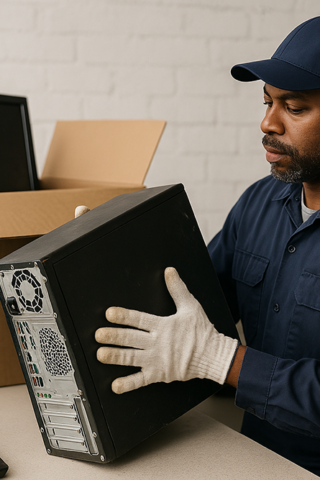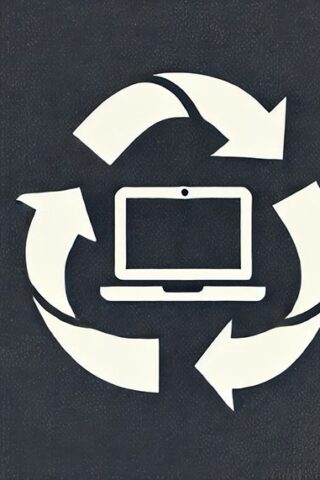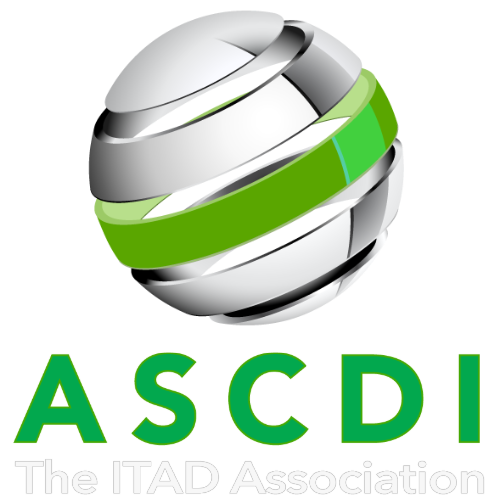Shirley Lu and George Serafeim, Harvard Business Review, June 12, 2023
The global economy still functions in a linear manner and is characterized by the extraction, production, consumption, and disposal of materials. This is a problem given that we live on a planet with finite resources. Yet the shift to a circular economy, in which businesses recover or recycle resources used in their value chain, has remained elusive, despite offering trillions of dollars in value creation. Barriers include the low residual value of used products, an inability to collect materials, prohibitive costs of separating and processing materials, and lack of traceability of products and materials that are being recycled.
To accelerate the pace of innovation and learning, the Digital, Data, and Design (D^3) Institute at Harvard Business School recently hosted an event focused on the circular economy, where entrepreneurs and business leaders shared how they’re using digital tools and artificial intelligence to remove those barriers and create entirely new markets and business models. Specifically, the conference helped identify three main ways to achieve a more circular economy: increasing product utilization, material efficiency, and use of recycled materials.
Product Utilization
Product utilization seeks to extend the useful life of a product, such as through sharing economy platforms, product refurbishment programs, or enhancing product duration. One new way companies are extending the life of the product is through over-the-air software updates that increase the residual value of a product. Take the example of the iPhone. Today, the iPhone constitutes 80% of the market among 300 million or so phones in the secondhand market. A primary reason for this success, Marcelo Claure, former CEO of Sprint and Softbank International, explained at the event, is the forward compatibility of the iOS operating system, which ensures a user can access the app ecosystem and all the new features that Apple releases, maintaining iPhones’ appeal as a high-quality product in the secondhand market. Over-the-air updates of software is becoming the norm for more products — even cars. As a result, we expect an increase in the residual value of used products and an increase in product utilization.
Contrary to the belief that prolonging product lifespan might hinder sales growth and therefore firms should implement a planned obsolescence strategy, leading firms perceive enhanced product utilization as a mechanism for reaching new consumers, enhancing customer satisfaction, and building business models that monetize their efforts to create more durable products through services. Apple now has 935 million subscribers in its services segment, which has grown to almost $80 billion in revenues and runs at close to double the gross margin compared to the hardware business.
Another opportunity to extend the useful life of products is through the product-as-a-service model, where companies retain ownership of a product while consumers pay for its use. Advancements in data and tracing technology has enabled better information flow to facilitate this business model. For example, SuperCircle developed a digital infrastructure that enabled circularity in the fashion industry by integrating customer purchase data with warehouse and distribution systems to trace the lifecycle of clothing. Entrepreneur Chloe Songer, cofounder of SuperCircle, explained how they partner with apparel brands like Reformation to create a customer experience that allows for goods to be returned for a credit or discount, while also facilitating the logistics infrastructure for aggregating and selling these clothes to the recycling sector. Identifying the consumer as a temporary owner of a long-lived asset opens up a world of opportunities to continue engaging customers.

